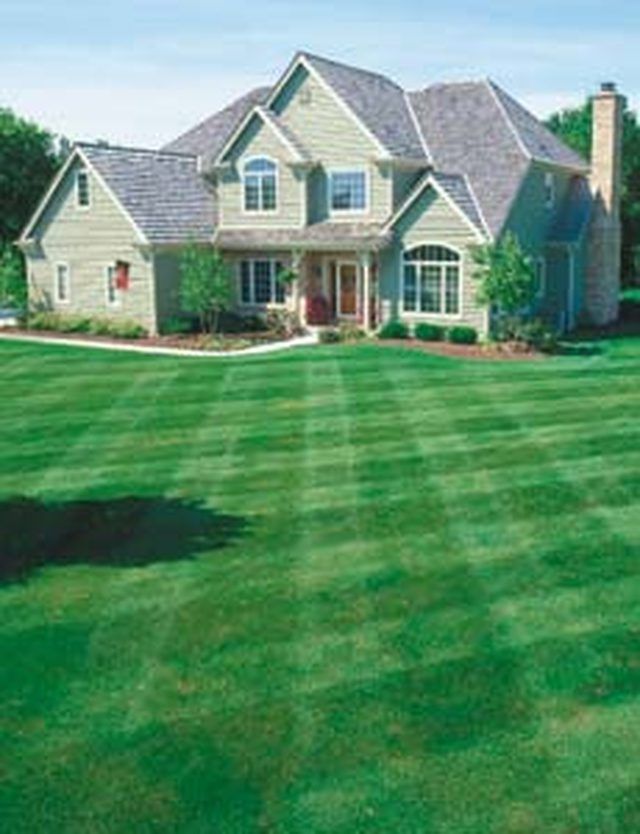Bulbs
Flower Basics
Flower Beds & Specialty Gardens
Flower Garden
Garden Furniture
Garden Gnomes
Garden Seeds
Garden Sheds
Garden Statues
Garden Tools & Supplies
Gardening Basics
Green & Organic
Groundcovers & Vines
Growing Annuals
Growing Basil
Growing Beans
Growing Berries
Growing Blueberries
Growing Cactus
Growing Corn
Growing Cotton
Growing Edibles
Growing Flowers
Growing Garlic
Growing Grapes
Growing Grass
Growing Herbs
Growing Jasmine
Growing Mint
Growing Mushrooms
Orchids
Growing Peanuts
Growing Perennials
Growing Plants
Growing Rosemary
Growing Roses
Growing Strawberries
Growing Sunflowers
Growing Thyme
Growing Tomatoes
Growing Tulips
Growing Vegetables
Herb Basics
Herb Garden
Indoor Growing
Landscaping Basics
Landscaping Patios
Landscaping Plants
Landscaping Shrubs
Landscaping Trees
Landscaping Walks & Pathways
Lawn Basics
Lawn Maintenance
Lawn Mowers
Lawn Ornaments
Lawn Planting
Lawn Tools
Outdoor Growing
Overall Landscape Planning
Pests, Weeds & Problems
Plant Basics
Rock Garden
Rose Garden
Shrubs
Soil
Specialty Gardens
Trees
Vegetable Garden
Yard Maintenance
How to Feed a Lawn
How to Feed a Lawn. Everyone would love to have a lush, green lawn. However, it can be trickier than it seems. Many environmental factors can negatively affect the appearance of your lawn. One way to get a healthy looking yard is through proper fertilization. The following article will discuss how to feed your lawn.

Everyone would love to have a lush, green lawn. However, it can be trickier than it seems. Many environmental factors can negatively affect the appearance of your lawn. One way to get a healthy looking yard is through proper fertilization. The following article will discuss how to feed your lawn.
Things You'll Need
Soil test kit
Spring fertilizer
Fall fertilizer
Lawn sand
Wheeled trolley
Water
How to Feed a Lawn
Have your soil tested. This will tell you what nutrients that your lawn needs. Many garden centers can assist with soil testing.
In the warmer months, use a spring/summer fertilizer. These are high in nitrogen and low in phosphates. Apply this type of feed in the spring when the grass begins to grow.
At the end of summer, use a fall fertilizer. These are high in phosphates and low in nitrogen. Apply this feed when the growing season is coming to a close.
Apply lawn sand to your yard. This is ammonium and iron sulphate mixed with a fine sand. It will kill weeds and will prevent moss from growing. It will also make your grass appear to be greener. Apply lawn sand in the late spring.
Use a wheeled trolley to apply your fertilizer. A trolley is relatively inexpensive and it will ensure that chemicals are applied evenly to your lawn.
Tips & Warnings
Be sure to address problems as early as possible. If you have to replant your lawn, it can take two or three years for it to recover.
Use a fertilizer made to kill grubs early in the season.
If you accidentally over fertilize your lawn, be sure to water it very well for the next day or two.
Try to apply fertilizer when the weather forecast calls for rain within a day or two. If it does not rain, water your lawn well.
Do not over fertilize. This can stimulate too much growth without the proper root structure for support. Over fertilization can also burn leaves and grass.
Japanese beetles and grubs can destroy grass. They will eat the roots of growing grass shoots. This can damage your lawn for the entire year.
Do not feed a new lawn. Wait for a year before feeding a seeded lawn and 6 months before feeding a sod lawn.